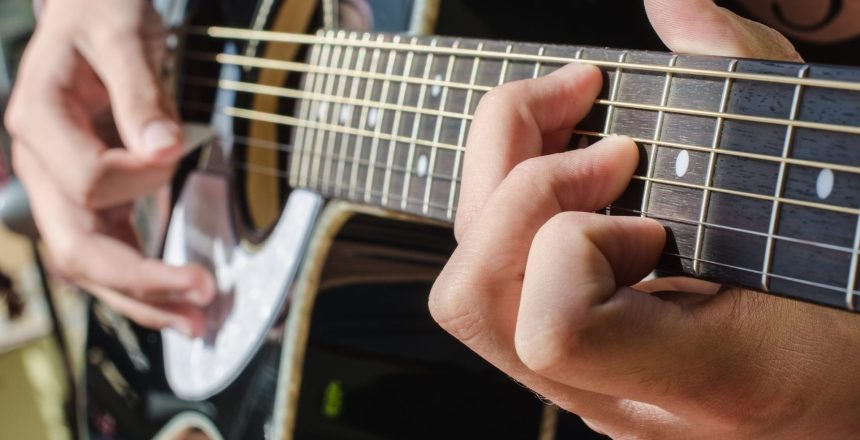If you’re looking to add some flair to your songs and have already tried using every single major and minor chord in combination, consider using the suspended chords. Suspended chords are a musical technique that can add tension and a unique sound to a chord progression. They are created by substituting the third of a chord with either the fourth or the second note of the scale, resulting in a suspended fourth or suspended second chord, respectively.
1. What is a Suspended Chord?
First off, what exactly are suspended chords? Essentially, they’re chords that don’t have a third, which is one of the defining notes of a major or minor chord. Instead, they use the second or fourth scale degree in its place. This creates a sound that’s a bit “suspended” in the air, hence the name.
2. What are the Types of Suspended Chords
There are a few different types of suspended chords, but the most common are the sus2 and the sus4. The sus2 chord uses the second scale degree instead of the third, while the sus4 chord uses the fourth. It’s worth noting that sus4 chords are often used as a replacement for major chords, while sus2 chords are more commonly used in place of minor chords.
3. So, how can you use suspended chords in your music?
Substituting Common Chords
One of the most common ways is to use them in place of a traditional major or minor chord, particularly when you want to add a bit of tension or mystery to your music. For example, in the opening chords of U2’s “With or Without You,” the first chord is a suspended chord that creates a sense of tension and ambiguity.
Transitioning Between ChordsSuspended chords can also be used in a more “active” way. For example, you might use a sus4 chord as a passing chord between two other chords. This can create a sense of movement and keep your listener engaged. A great example of this is the use of a sus4 chord in the chorus of Coldplay’s “Clocks.”
Resolving Tension
Finally, suspended chords can be a great way to create a feeling of resolution when used in the right context. For example, you might use a sus4 chord in place of a major chord, and then resolve it to a major chord in the next chord progression. When first resolving with a suspended chord, the resolution would still be present but incomplete. Then, when the progression ends with its true chord, it will create a bigger feeling of relief for the listener.
Of course, there are plenty of other ways to use suspended chords in your music, and the possibilities are endless. But hopefully, this gives you a good starting point for exploring this fun and interesting chord type. So, the next time you’re looking to add a bit of intrigue and tension to your music, consider reaching for a suspended chord. Your listeners will thank you for it!





